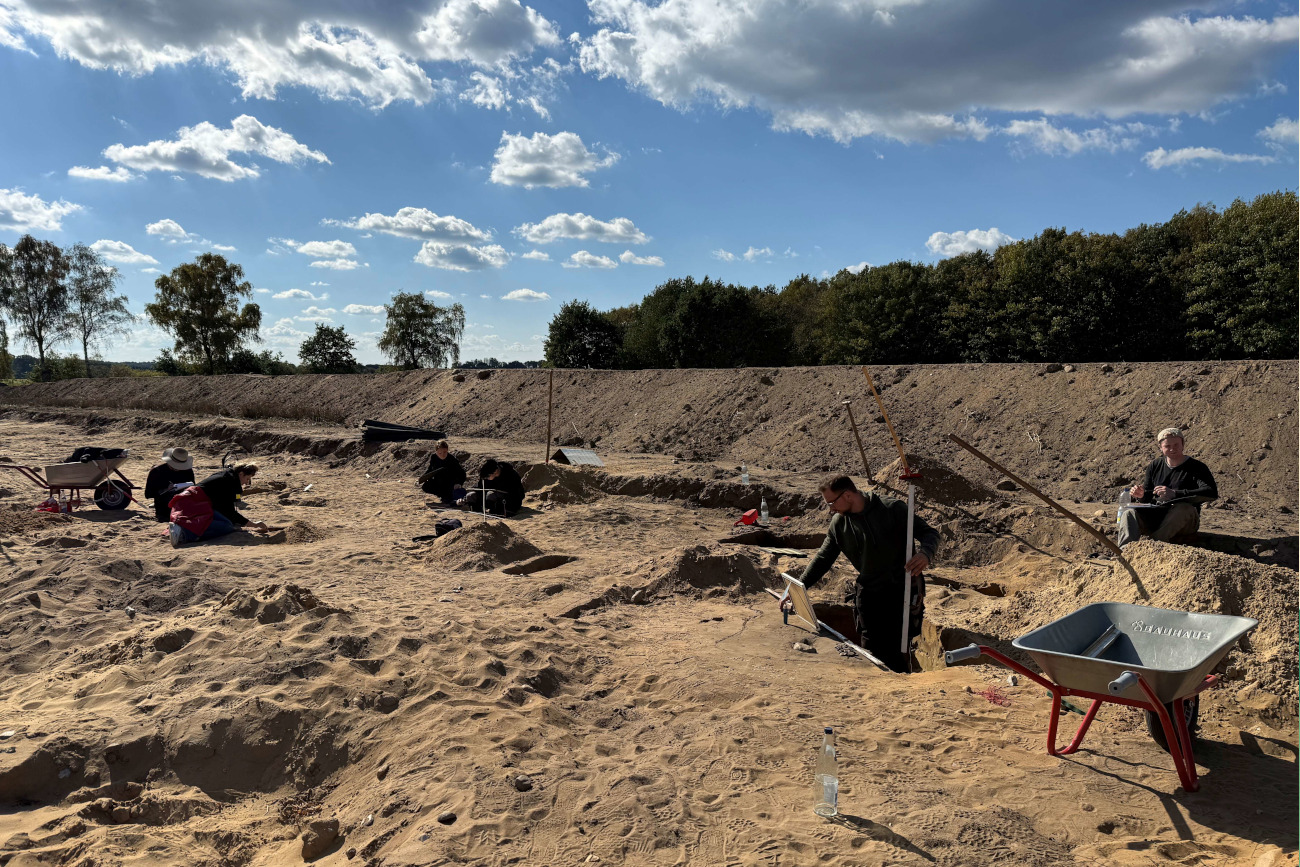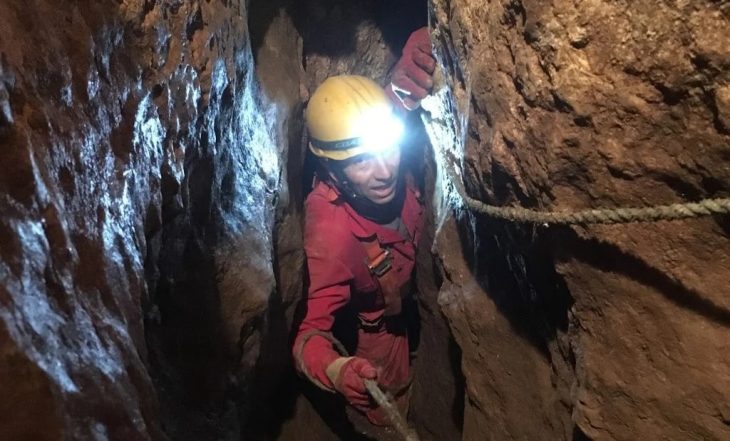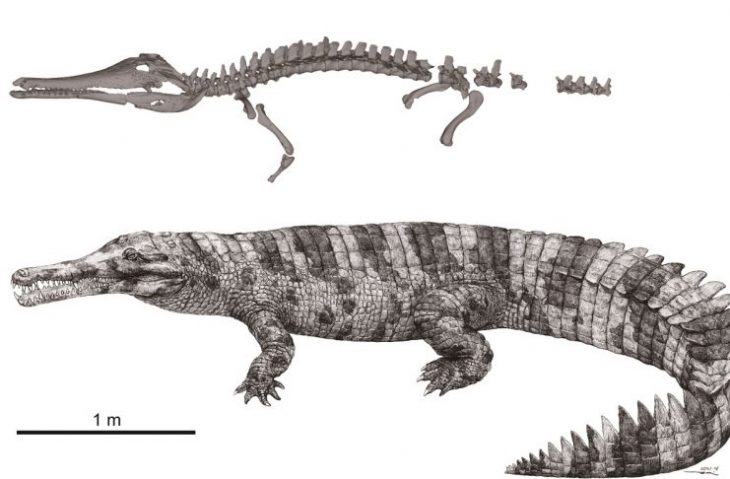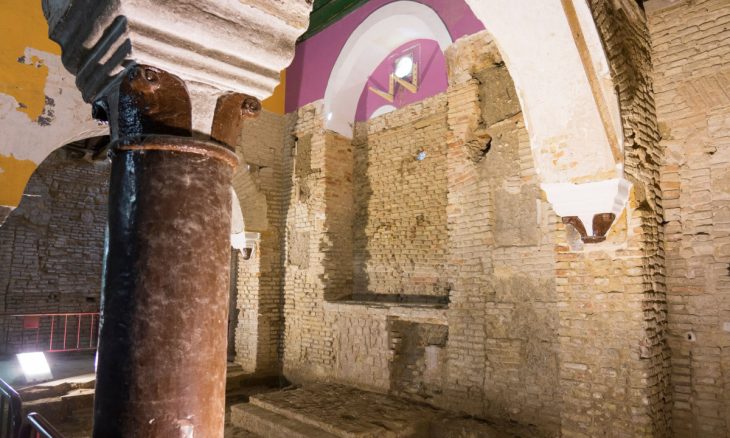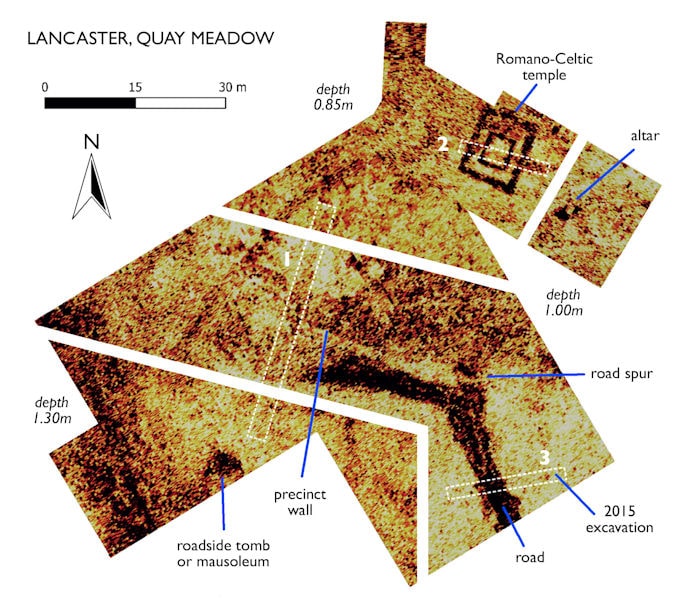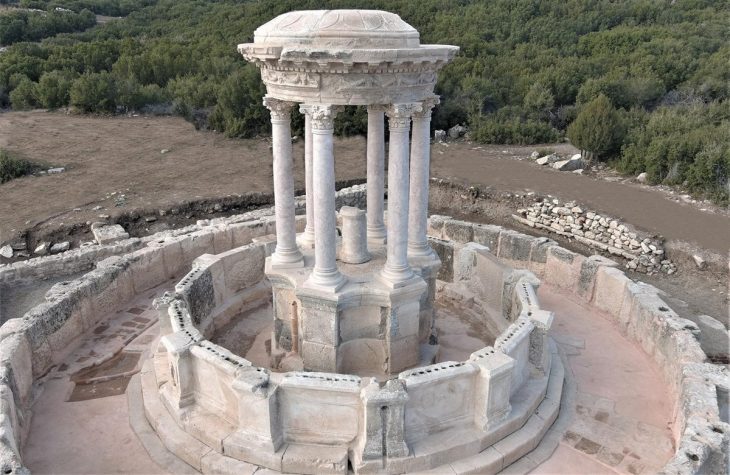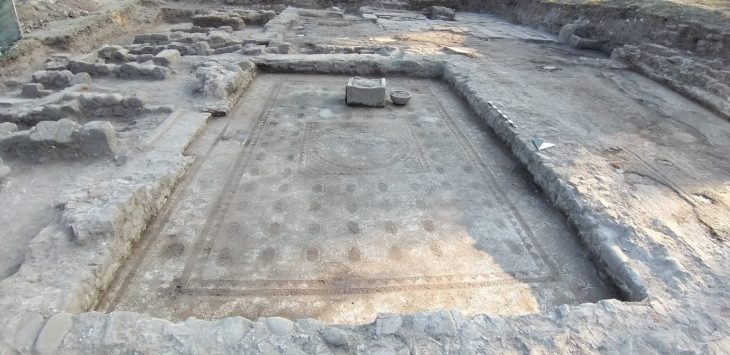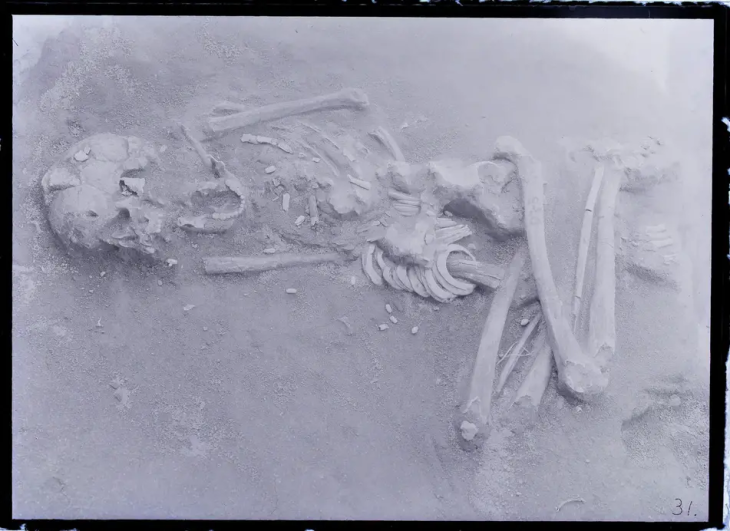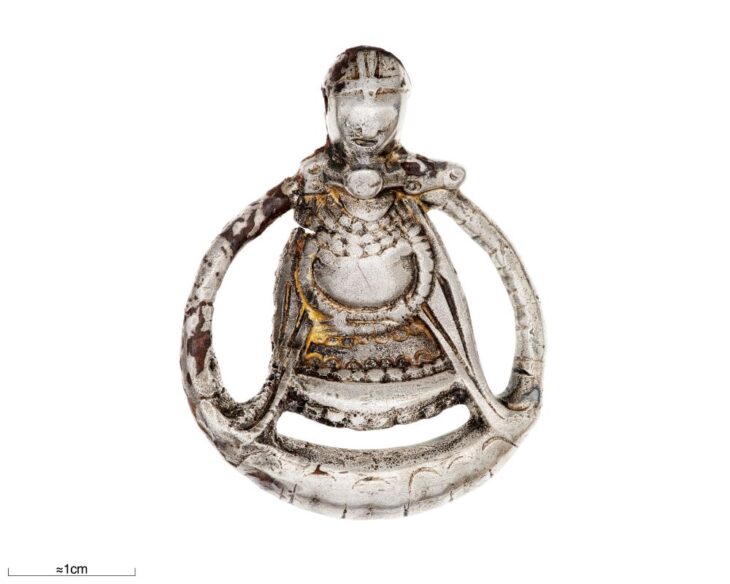At first glance, the sandy field near the B209 road does not appear remarkable. Yet for archaeologists, the site in the eastern part of Lüneburg (Lower Saxony, Germany) has become a treasure trove. Excavations at the future business park Bilmer Berg II have revealed a significant industrial settlement dating back to the Roman Imperial period.
Collaborative Excavations with Strong Local Support
The archaeological work is being carried out in close cooperation between the City of Lüneburg’s archaeology department, the applied archaeology office AGIL, led by Dr. F. Andraschko, students from the University of Hamburg, as well as the local economic development agency WLH (Wirtschaftsförderung im Landkreis Harburg GmbH) and GEB mbH (Gesellschaft für Entwickeln und Bauen).
Evidence of Large-Scale Metalworking
Findings show that the area was inhabited for centuries, from the Late Bronze Age (around the 8th century BC) up to the late Roman Imperial period and Migration Era (around the 4th century AD). Particularly striking is the evidence of a large industrial settlement from the first centuries AD.
“The site shows an extraordinarily high density of evidence for metalworking,” explains city archaeologist Tobias Schoo. More than 100 bloomery furnaces and numerous heating hearths provide proof of extensive iron smelting and processing activities.
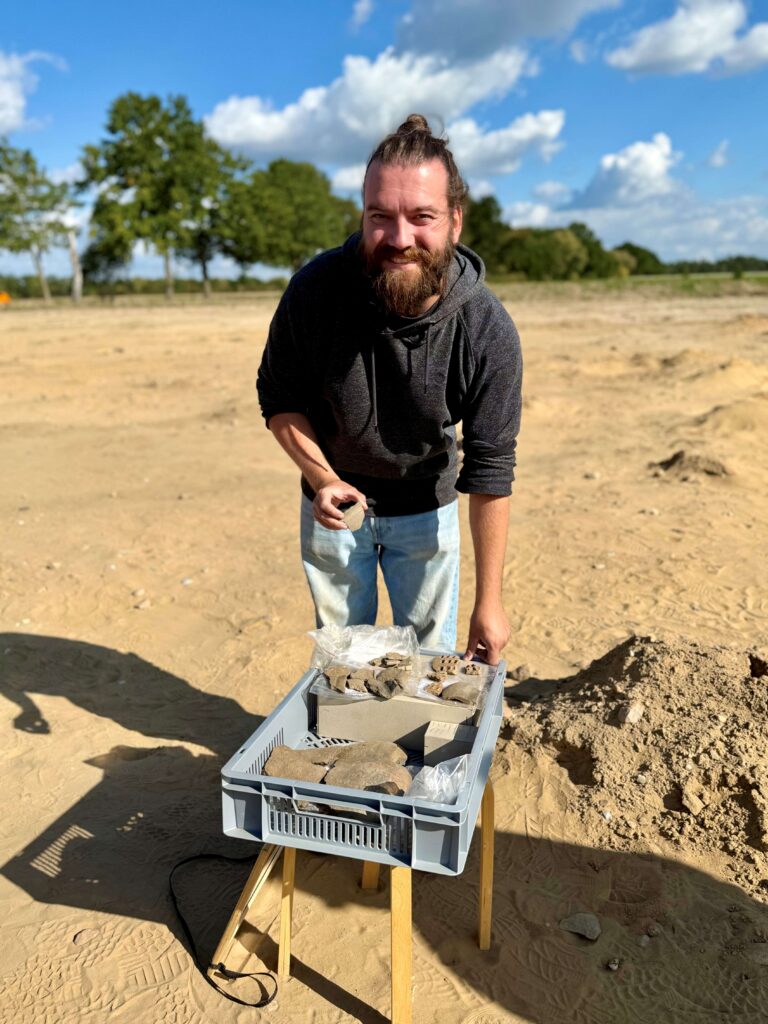
Remarkable Finds: Pottery and a Roman Coin
Among the discoveries are decorated pottery fragments, a spindle whorl used in textile production, and a rare highlight: a Roman silver denarius from the early 2nd century AD, found by a volunteer metal detectorist.
📣 Our WhatsApp channel is now LIVE! Stay up-to-date with the latest news and updates, just click here to follow us on WhatsApp and never miss a thing!!
“The excavations at Bilmer Berg give us unique insights into the early settlement and economic history of our region,” Schoo emphasizes. The high concentration of metalworking remains makes the site one of the largest known industrial settlements of the Roman period in Lower Saxony, Germany.
Archaeology Meets Economic Development
Currently, excavations are ongoing along the planned road corridor of the business park. Further investigations will follow next year across the remaining areas. The City of Lüneburg has expressed its gratitude to all partners involved for enabling archaeology and modern economic development to progress hand in hand.
“These archaeological studies are essential preparatory steps for the start of development work on the first construction phase between Friedrich-Penseler-Straße and Oheweg,” explains René Meyer, Head of Land Management at WLH. Importantly, the archaeological program will not delay the planned infrastructure development.
Groundbreaking Scheduled for November
“The development works are on schedule, and the official groundbreaking ceremony is planned for the end of November,” Meyer confirms. The WLH is developing the Bilmer Berg II business park in cooperation with the City of Lüneburg, the GEB mbH (Volksbank Lüneburger Heide), and the Lüneburg Economic Development Agency.
Cover Image Credit: Hansestadt Lüneburg

